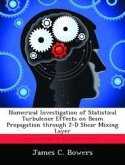
Broschiertes Buch
16. November 2012
Creative Media Partners, LLC

10,95 €
Sofort per Download lieferbar
8,95 €
Sofort per Download lieferbar
Ähnliche Artikel
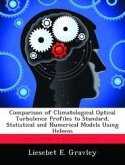
Broschiertes Buch
6. Dezember 2012
Creative Media Partners, LLC

Broschiertes Buch
21. November 2012
Creative Media Partners, LLC
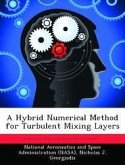
Broschiertes Buch
13. März 2013
Creative Media Partners, LLC

Broschiertes Buch
17. September 2012
Creative Media Partners, LLC
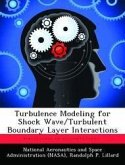
Broschiertes Buch
12. März 2013
BiblioLife

Broschiertes Buch
7. Dezember 2012
Creative Media Partners, LLC

Broschiertes Buch
20. September 2012
Creative Media Partners, LLC
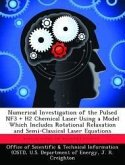
Broschiertes Buch
28. Februar 2013
Creative Media Partners, LLC

Broschiertes Buch
6. Dezember 2012
Creative Media Partners, LLC
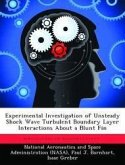
Broschiertes Buch
13. März 2013
Creative Media Partners, LLC
Ähnlichkeitssuche: Fact®Finder von OMIKRON
